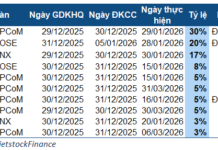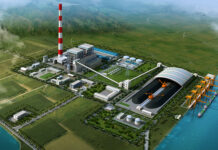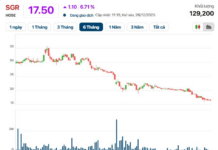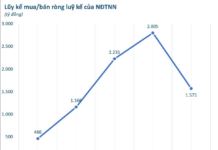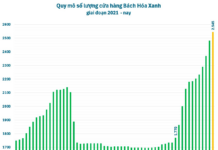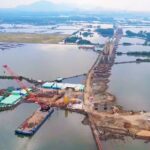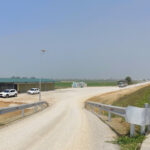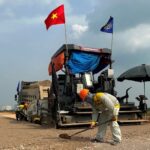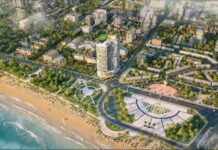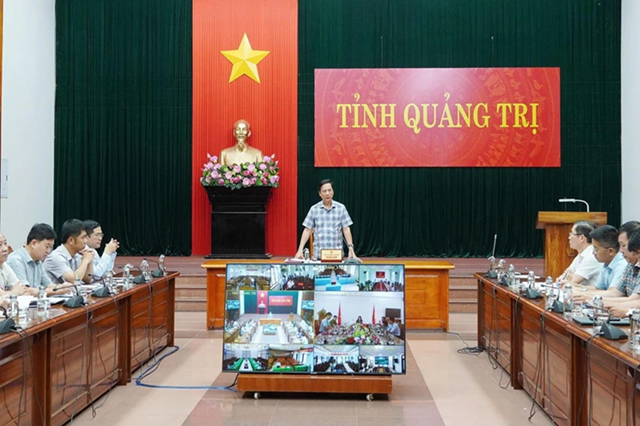
|
On July 31, Vice Chairman of the People’s Committee of Quang Tri province, Mr. Hoang Nam, approved plan No. 291/KH-UBND, detailing the land clearance process for the North-South high-speed rail project passing through the province. This national priority project will have a significant impact on infrastructure and regional economic development.
|
Over 7,000 households and 21,000 tombs will need to be relocated.
The high-speed rail line passing through Quang Tri will be over 190 km long, occupying approximately 1,865 hectares of land. The project directly affects 7,277 households and more than 21,000 tombs, requiring the construction of 51 new resettlement areas and 28 new cemeteries. The expected cost of land clearance is about VND 17,064 billion.
Two main passenger stations will be built in the province: one in Dong Son ward (formerly in Dong Hoi city, Quang Binh province) and the other in Nam Dong Ha ward (formerly in Dong Ha city, Quang Tri province). Additionally, four maintenance stations and various synchronized infrastructure works will be constructed. The entire North-South line will span 1,541 km, from Ngoc Hoi station (Hanoi) to Thu Thiem station (Ho Chi Minh City), with a total investment of USD 67.34 billion.
All land handover must be completed by November 30, 2026, in accordance with Government Resolution 106. The boundary handover process began on July 12, 2025. Construction of resettlement areas and cemeteries started on July 1, 2025, and will conclude by November 30, 2026.
Quang Tri province aims to inaugurate at least one resettlement area on August 19, 2025, demonstrating its strong political determination to accomplish this important task.
Land clearance stakes will be handed over from January 1 to August 6, 2026. The processes of inspection, compensation proposal development, and payment will be carried out simultaneously from the beginning of 2026 until the end of November 2026.
Clear responsibilities and a mobilized system:
Notably, the People’s Committee of Quang Tri province requires local authorities to focus on transitioning from a three-tier to a two-tier administrative model during the new organizational phase to avoid any delays in project implementation.
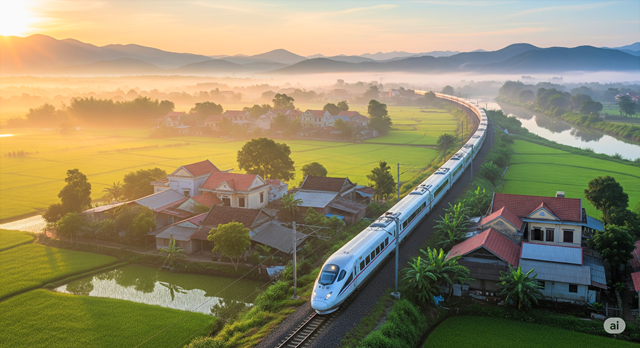
|
Over 7,200 households will be impacted by the high-speed rail project, and Quang Tri plans to build 51 resettlement areas. (AI Image: Hoang Phuc)
|
The reorganization of the apparatus aims not only to streamline but also to enhance the effectiveness and efficiency of the direction and implementation at the grassroots level, where direct contact with affected citizens takes place.
The Department of Construction of Quang Tri is assigned as the standing agency, responsible for monitoring, urging, and synthesizing the progress, as well as advising on plan adjustments if necessary.
The Department of Agriculture and Environment will provide guidance on land procedures, land use conversion, and environmental impact assessment. The Department of Finance will ensure funding and advise on budget allocation for compensation, support, and resettlement.
The communes and wards through which the route passes must develop detailed plans and report their monthly progress to the Department of Construction by the 17th of each month.
In the plan, Mr. Hoang Nam, Vice Chairman of the Provincial People’s Committee, particularly emphasized the role of propaganda and mobilization to create consensus among the people.
The organization of relocation, resettlement, and the resolution of spiritual issues related to tens of thousands of tombs are included in the specific plan to ensure the rights and livelihoods of the people.
|
The North-South high-speed rail project is a national key project with a total length of 1,541 km. It starts at Ngoc Hoi Station (Hanoi) and ends at Thu Thiem Station (Ho Chi Minh City), with a total investment of USD 67.34 billion. |
Hoang Phuc
High-Speed North-South Railway: Why the Slow Progress Isn’t Derailing the Project?
The high-speed North-South railway project, with a total investment of over $67 billion, has just been approved by the National Assembly. After nearly two decades of preparation, this is considered an opportune time as Vietnam has met all the necessary conditions and the best options for the project.
Minister Tran Hong Minh Urges Expediting Construction of 8 Rest Stops on the North-South Expressway
“Vietnam’s transport sector is abuzz with Minister Tran Hong Minh’s recent directive to fast-track eight business investment projects for rest stops along the North-South Expressway in the East. This directive, sent to the Vietnam Expressway Corporation, the Vietnam Road Administration, and relevant project management units and investors, signals an exciting development for the country’s infrastructure and travel industry.”
The New Vision for the Sa Pa Airport Development Project
Deputy Prime Minister Tran Hong Ha has approved the investment policy for the construction of Sa Pa Airport in Lao Cai Province, which will be carried out through a public-private partnership.












